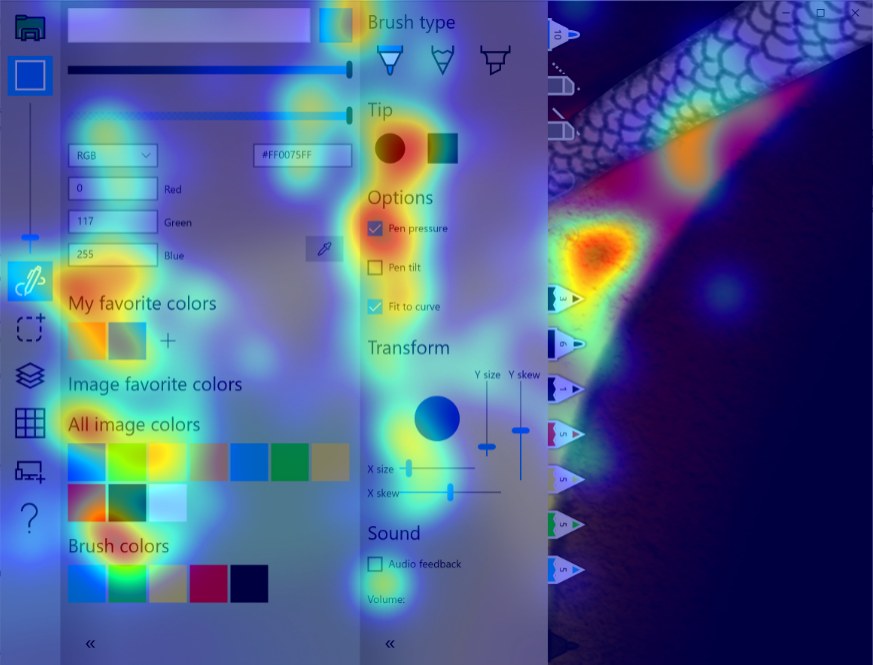ELEC-E7852 - Computational Design and Interaction D, Lecture, 23.10.2023-8.12.2023
This course space end date is set to 08.12.2023 Search Courses: ELEC-E7852
Topic outline
-

ELEC-E7852 Computational Design and Interaction (5 cr, Period II)
The course focuses on the use of computational methods to explain, enhance, and design human-computer interaction. While there are numerous approaches to computational interaction, they all share a commitment to computational models. The study of these models draws from multiple fields, including artificial intelligence and machine learning, computational statistics, information theory, design optimization, cognitive science, formal methods, and control theory.
Learning Objectives
The course offers a solid introduction to students who seek principled and yet actionable understanding of computational approaches in HCI. The course introduces computational principles and core models of interaction for students with computational and engineering background. Students learn to formulate design and interaction problems and derive solutions by analysis, simulation, and optimization. Application areas cover the most widely used interfaces.
Syllabus and schedule
See Schedule.
Teachers
Prof. Antti Oulasvirta and guest lecturers
Teaching assistants: Jia Yingqi
Teaching Methods
Readings; Assignments; Virtual meetings (flipped classrooms); Exam
Prerequisites
Mandatory programming language: Python. Assignments require familiarity with basics of machine learning in Python as well as general concepts of computer science and mathematics, especially probability, optimisation, and linear algebra. We strongly recommend a previous course on HCI, such as CS-C3210 Human-Computer Interaction or ELEC-D7010 Engineering for Humans.
Participation
All Master's and PhD level students at Aalto University who fulfil the requirements are welcome. Students of the University of Helsinki are welcome join the course but are asked to contact the teacher in advance for the JOO contract.
Organized in remote
In 2023, the course will be organized exceptionally in a remote mode.
